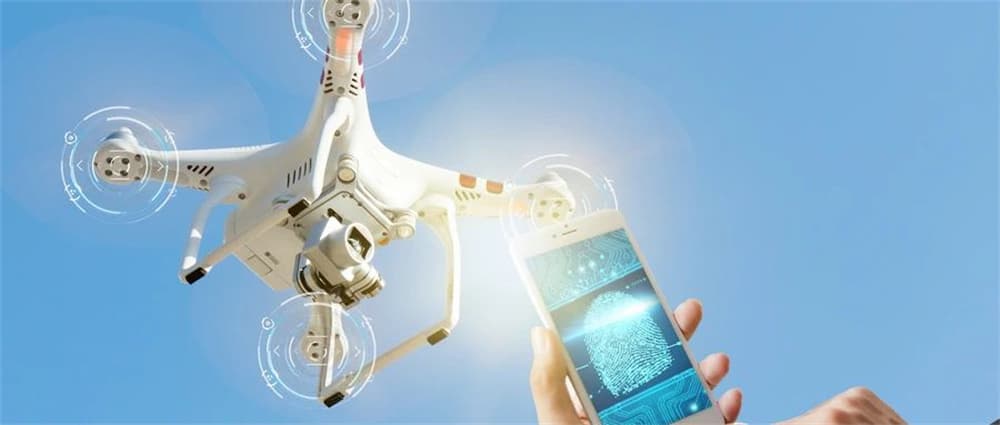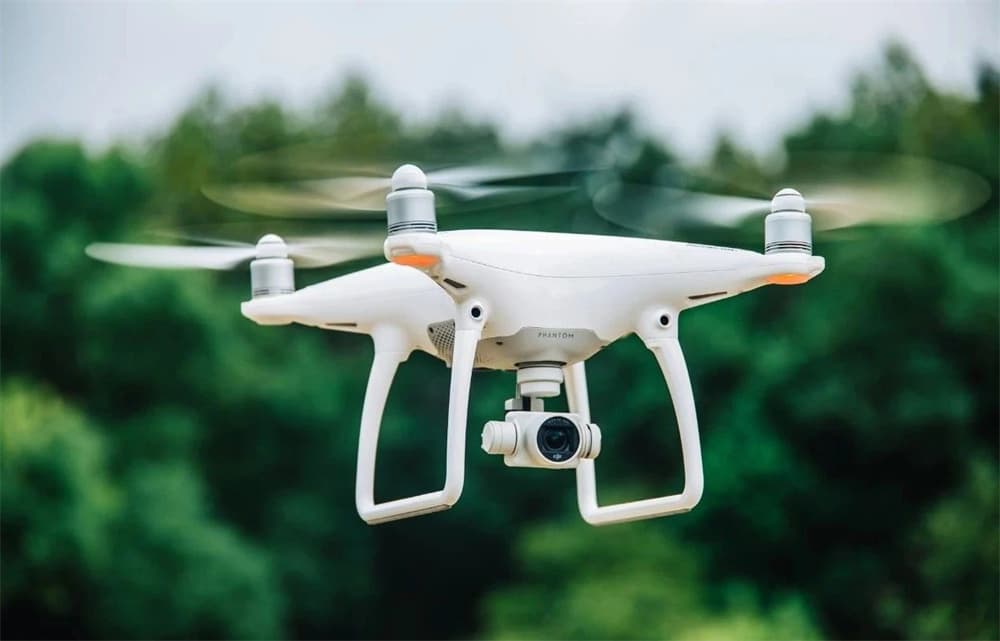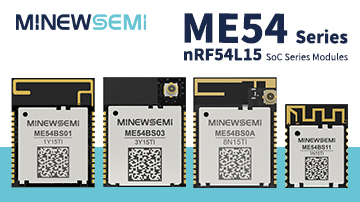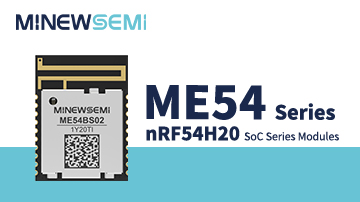With the rapid advancement of technology, drones are widely used in fields such as aerial photography, agriculture, rescue, and logistics. Bluetooth modules play a crucial role in the communication and control systems of drones. This article explores the role of Bluetooth modules in Remote ID recognition and standards implementation for drones, and analyzes their application advantages and challenges.

As drone usage increases, the demand for stricter regulation and standards also rises. Remote ID technology has become key in drone standards and implementation. Bluetooth modules offer unique advantages by providing stable, reliable communication, meeting international standards, and ensuring data transmission security. They are essential for compliant and safe drone operations.
Bluetooth modules are vital for drone Remote ID recognition. Remote ID requires drones to broadcast their identity and location information so other drone users or people on the ground can receive and identify it. Bluetooth modules can fulfill this function by broadcasting the drone's identity and location, allowing nearby devices to easily receive and recognize this information. This method is low-power, wide-ranging, and real-time, making it ideal for drone Remote ID.

International drone standards often require compliance with specific identification and communication protocols within designated areas. One key reason for using Bluetooth modules for drone ID is their globally unified communication protocol. Bluetooth is widely accepted and adopted worldwide, offering compatibility and interoperability, facilitating communication across different regions without special adjustments. In contrast, other communication protocols may lack such uniformity.
Bluetooth modules with Power Amplifier (PA) functions are significant for high-altitude drone operations. Communication distance is crucial, and standard Bluetooth transmission distances are often insufficient for long-range drone communication. Bluetooth modules with PA enhance transmission power, extending signal range, enabling drones to maintain stable, reliable communication over greater distances.

Additionally, PA-equipped Bluetooth modules improve communication stability and interference resistance. High-altitude operations may encounter various electromagnetic interferences affecting Bluetooth signal quality. PA boosts help counteract these interferences, ensuring stable and reliable communication.
Bluetooth modules' low power consumption and cost also help reduce overall drone manufacturing costs, allowing more manufacturers to comply with and implement international standards.
Bluetooth modules offer clear advantages for drone applications: low power consumption, high stability, broad compatibility, and low cost, making them an ideal choice for drone communication. They provide stable communication with controllers or smartphones, reduce energy consumption, and extend drone flight time. Compared to other wireless communication technologies, Bluetooth modules are relatively low-cost, reducing overall drone manufacturing costs.

They also support medium-high speed data transmission, enabling real-time transmission of high-definition images, videos, and other critical information, crucial for applications requiring rapid data acquisition and processing. However, challenges remain, such as communication distance limitations, data transmission speed, and security issues. These challenges can be addressed through enhanced Bluetooth technology, combining other communication methods, and strengthening security measures.
The MS88SFA series low-energy Bluetooth master-slave module, based on Nordic's nRF52840, nRF52833 SoC solutions, has various certifications (RoHS, REACH, CE, FCC, BQB, SRRC, TELEC, automotive, IC, WPC, RCM). It supports a maximum transmission speed of 11kB/s, a reception sensitivity of -96dBm, and a power output of up to +20dBm. It features master-slave switching, one-to-one connection, and serial command configuration.
Using the globally unified BLE communication protocol, it integrates easily into various drone systems, meeting international communication interface and protocol standards. It supports iBeacon broadcasting mode and can transmit up to 600 meters in open areas. The built-in PA/LNA solves the short Bluetooth transmission distance issue in long-range high-altitude drone operations, making it an optimal solution for drone scenarios. This application is already in use by clients, and new customers are welcome to inquire and test samples, with technical support readily available.
With continuous advancements in Bluetooth technology, we can expect more extensive and in-depth applications of Bluetooth modules in the drone field. More efficient communication protocols, intelligent and autonomous flight control functions, and multi-mode communication technology integration will be important future trends.


Hot tag
Recommended articles